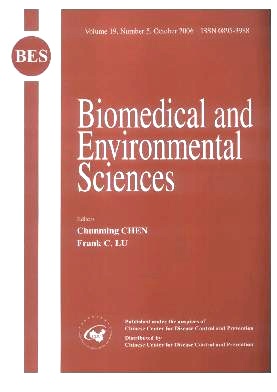Mechanism of Ascorbic Acid-induced Reversion Against Malignant Phenotype in Human Gastric Cancer Cells
-
Key words:
- Aminotriazole /
- Ascorbic acid /
- Catalase /
- Gastric cancer /
- Hydrogen peroxide /
- Redifferentiation /
- Superoxide dismutase
Abstract: Objective To find out the mechanisms of redifferentiation and reversion of malignant human gastric cancer cells induced by ascorbic acid. Methods Human gastric cancer cells grown in the laboratory were used. The Trypan blue dye exclusion method was used to determine the cell doubling time. The electrophoresis rate and colonogenic potential were the indices used to measure the rate of redifferentiation. The content of malondialdehyde (MDA) was measured using the thiobarbituric acid(TBA) method. The activities of superoxide dismutase (SOD), catalase (CAT) and the content of H2O2 were evaluated by spectrophotography. Results Six mmol/L ascorbic acid was used as a positive control. Human gastric cancer cells were treated with 75 μm hydrogen peroxide, which alleviated many of the malignant characteristics. For example, the cell surface charge obviously decreased and the electrophoresis rate dropped from 2.21 to 1.10 μm·s-1·V-1·cm-1. The colonogenic potential, a measure of cell differentiation, decreased 90.2%. After treatment with ascorbic acid, there was a concentration- and time-dependent increase in hydrogen peroxide (H2O2) and the activity of superoxide dismutase (SOD). However, the activity of catalase (CAT) resulted in a concentration- and time-dependent decrease. SOD and 3-amino-1,2,4-triazole (AT) exhibited some effects, but there were statistically significant differences between the SOD and AT group and the H2O2 group. Conclusions Ascorbic acid induces growth inhibition and redifferentiation of human gastric cancer cells through the production of hydrogen peroxide.
| Citation: | YA-XUAN SUN, QIU-SHENG ZHENG, GANG LI, DE-AN GUO, ZI-REN WANG. Mechanism of Ascorbic Acid-induced Reversion Against Malignant Phenotype in Human Gastric Cancer Cells[J]. Biomedical and Environmental Sciences, 2006, 19(5): 385-391. |







 Quick Links
Quick Links
 DownLoad:
DownLoad: